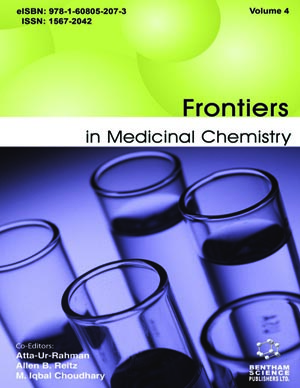Abstract
The search for antiepileptic compounds with more selective activity and lower toxicity continues to be an area of intensive investigation in medicinal chemistry. This review describes new anticonvulsant agents representing various structures for which the precise mechanism of action is still not known. Many of the compounds presented in this review have been tested according to the procedure established by the Antiepileptic Drug Development Program of the Epilepsy Branch of the National Institute of Neurological Disorders and Stroke, National Institute of Health, USA. This review is updating paper published in Current Topics in Medicinal Chemistry (B. Malawska, 2005, 5, 69-85). The newer agents include sulfonamides, sulfamides, amino acids, amides (analogs of γ-vinyl GABA, Nbenzylamides, 2,6-dimethylanilides, carboxyamides, hydroxyamides, acetamides, butanamides, alkanoamides); heterocyclic agents [(arylalkyl)imidazoles, pyrrolidin- 2,5-diones, lactams, semi- and thiosemicarbazones, isoquinolines, thiadiazoles, quinolines, quinolinones, quinazolin-4(3H)-ones, 2,5-disubstituted 1,2,4- thiadia-zoles, xanthones, derivatives of isatin and coumarin] and enaminones. These new structural classes of compounds can prove useful for the design of future targets and development of new drugs.
Keywords: Anticonvulsant agents, structure, activity, relationships






















